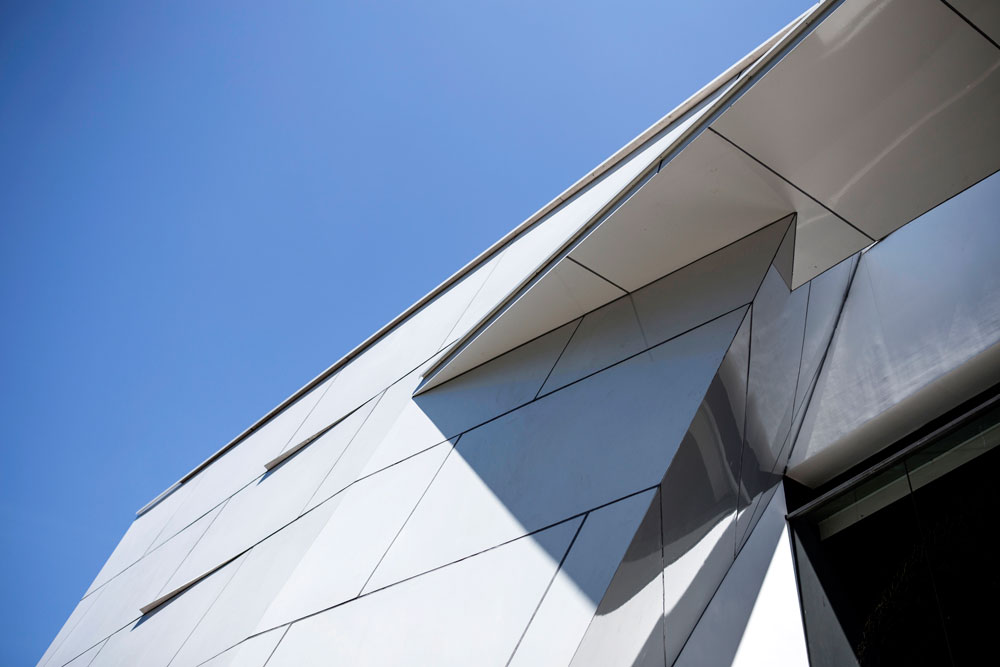
Visayan Modernism: The Tinderbox by Alex Medalla
Cutting a sleek, knife-like figure in Cebu City’s upscale Banilad district is Alex Medalla’s newest paean to Visayan contemporary modernism. The Tinderbox, a café-restaurant famous for its humidor and deli, has undergone an unprecedented facelift without closing its doors.
“Like a hotel without the guest rooms,” says Medalla, principal architect of Arkinamix, about the unique program and Tinderbox’s business model. The client had quite a list of requirements for the renovation architect. They wanted spaces for a café, deli, smoking room, dining area, wine cellar, bar, al fresco dining and a mini-gallery for exhibitions. All of these in a building taking up 698 square meters in a 1,099-square meter lot facing Banilad Road. The rectangular lot effectively maximizes frontage for the structure, and demands a façade to compete with its high-end rivals.
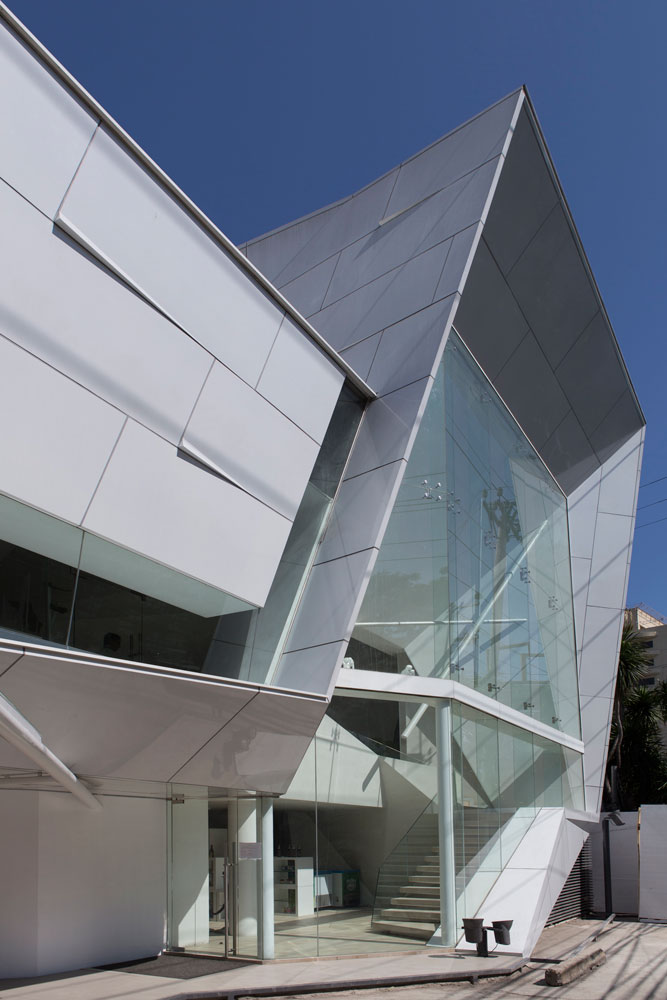
The original store opened 30 years ago, one of the first in Cebu to offer wine, cheese and cigars. It operated from an old house with timber framing and a six-meter frontage to the road. Arkinamix’s initial design challenge was how to maximize the frontage to give Tinderbox a more expressive look and design identity. The store was last renovated by Ed Calma before the turn of the millennium. Medalla describes Calma’s work as “a modernist box with Neutra-ish vertical strip window renditions.” The design was born out of the original house structure, and wasn’t built to last because of the materials used then.
The design challenge faced by the firm was expanding Tinderbox’s retail and dining areas without shutting down operations. “The restaurant was to continue operating while renovation and additional works were ongoing,” says Medalla. “We not only had to consider this in the planning of the building, but also during construction.” To achieve this, Medalla and crew constructed a new building shell to engulf the existing restaurant while still in operation. Once the “new” restaurant was completed, they demolished the old building inside the shell.

Medalla shares that part of their design solution entailed maintaining the “design unity” of the store as it transitioned from old to new, and from a simple wine bar and smoking lounge to an integrated, high-end dining and F&B retail space. “The challenge of fusing the new extension to the newly rehabilitated renovation is inspirational in a way, since we wanted a façade that looks like one new structure,” he says. “The façade mass is actually formed by the spaces behind it. This was an opportunity for us to fully integrate the spaces required. For example, the middle portion of the façade is actually the gallery bridge that connects the second floor spaces for ease of travel, like the fine dining space to the bar.”
READ MORE: Alex Medalla and his Arkinamix team experiment with light
The end result is a continuation of Arkinamix’s fascination for folded fins, glass curtains and molded geometric forms and spaces. It is a look that has characterized many of its projects, notably the Aboitiz corporate headquarters a few blocks away.
The new store has two floors of dining and retail space covered with long sheets of glass curtain wall overlooking Banilad Road. Sharply defined aluminum cladding was added around the glass walls to accentuate its modern feel. The exterior gives off a look that resembles an elegantly cut origami set.
There are two entrances to Tinderbox—through the main door leading into the deli café and the staircase for the fine dining area on the north side, or through the door to the smoking lounge on the south side. A yin-yang experience is offered by these entrances. The former is white, high-ceilinged and angular, while the latter is dark, low-ceilinged and cubistic.
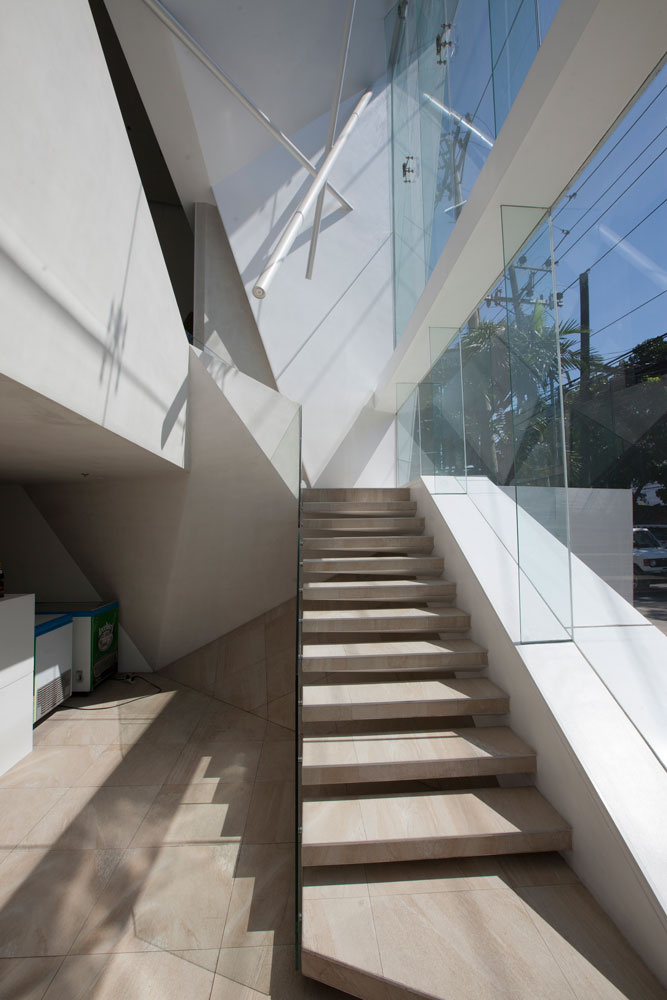
At the center of these two entrances is the café. A deli counter, molded in Arkinamix’s trademark angular geometry, beckons like the control room of a starship delicatessen. A staircase nearby leads to the second floor containing the al fresco terrace, Z Bar and the fine dining area. The fine dining area is located on the north side of the store. It is connected to the al fresco terrace and Z Bar via a long cantilevered walkway spanning the length of the deli-café.
Its geometric fenestration, long horizontal lines and unexpected sights (such as a polygonal skylight) make Tinderbox another tour de force of Visayan modernism designed by one of its most faithful advocates. Arkinamix overhauls the formerly stodgy image of its client and transforms it into a striking and arresting form along one of Cebu City’s busiest streets with a few daring lines and chromatic simplicity. ![]()
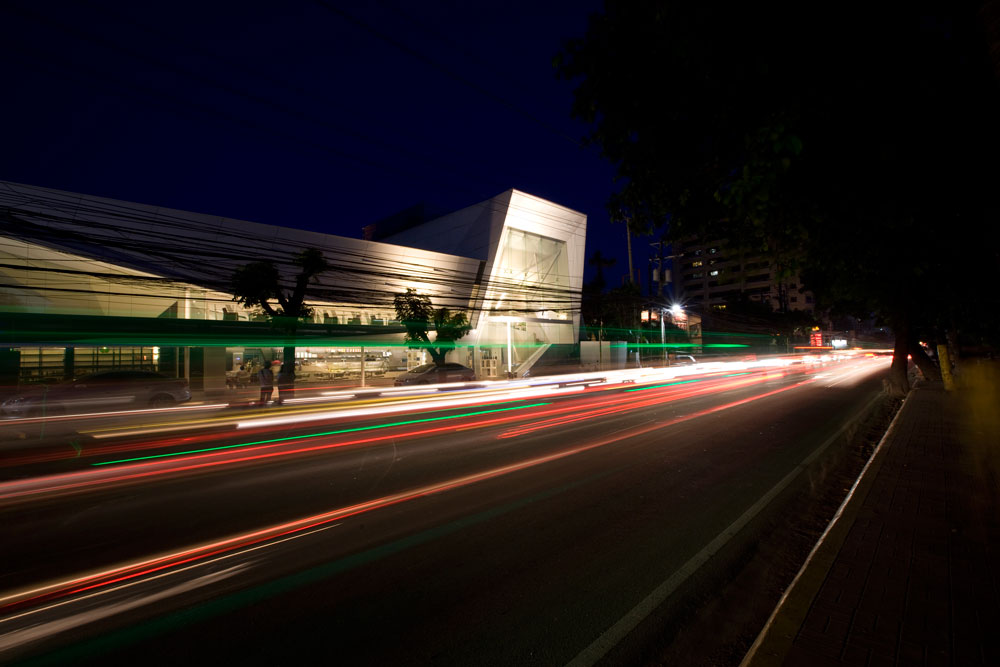
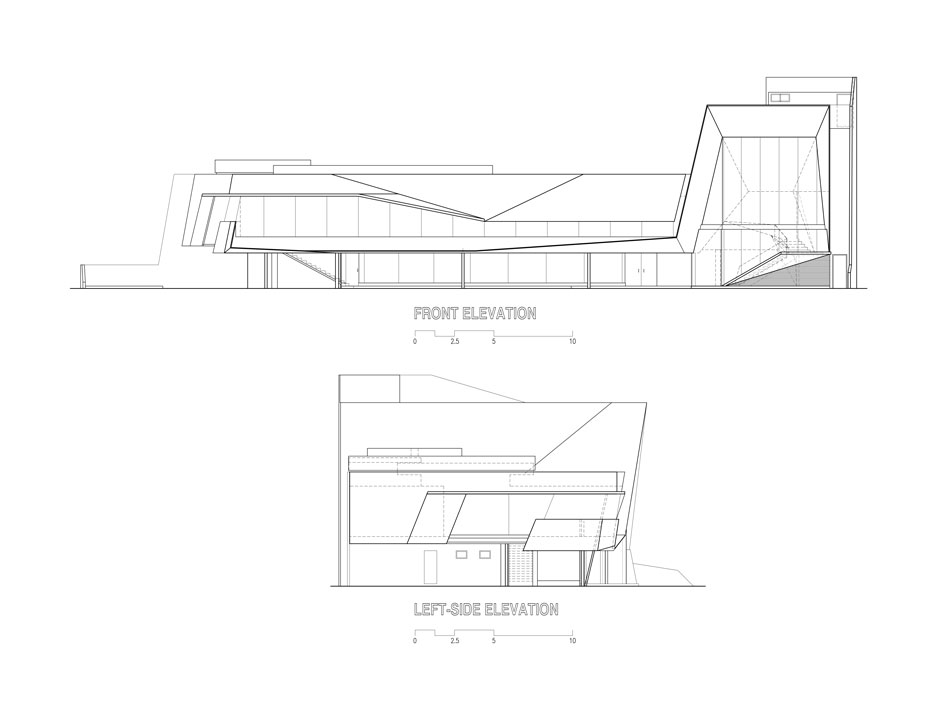
Originally published in BluPrint, Volume 5, 2015. Edits were made for BluPrint.ph.
Photographs courtesy of Ed Simon


